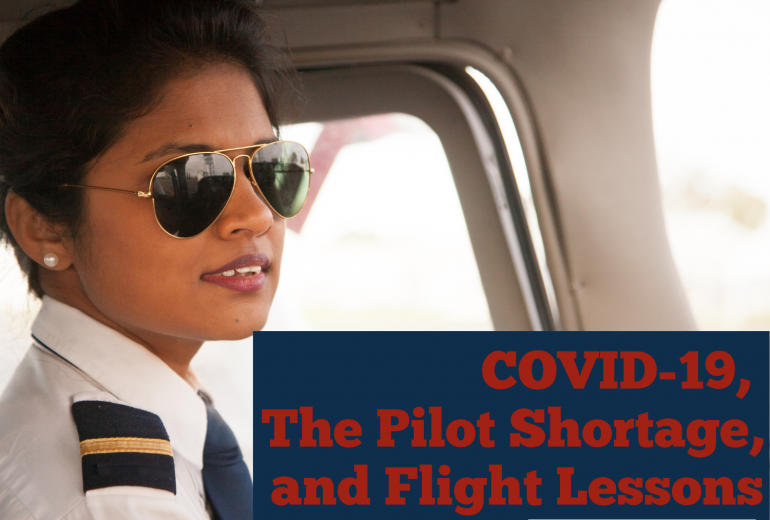Not even a year ago, the aviation industry faced a growing pilot shortage that threatened to permanently damage small regional airlines that couldn’t keep up with soaring pilot wages while maintaining low fares. COVID-19, however, forced commercial airlines to offer early retirement to pilots and lay-off those not eligible. But is the pilot shortage over?
Most industry experts agree the pandemic may have offered the industry temporary relief from a growing shortage, but as the industry recovers in 2021 and 2022 the problem may loom larger than ever. Airlines who offered early retirement to of-age pilots may face the rebound of travel with fewer than necessary pilots.
The news isn’t all bad. Many flight schools around the country are reporting increased levels of student pilots. The travel industry expects the recovery to take 12-24 months which allows those new pilots time to complete the mandatory training for commercial flight. This timeframe also allows pilots who need extra certifications the time to complete those classes.
While commercial airlines have reported reduced flights and had to lay off pilots, business aviation operators such as corporate and cargo flights have not experienced the downtown that the commercial industry experienced. These business aviators are integral parts of the general aviation airports we serve.
We love the aviation industry. A healthy industry requires both hobby and career pilots. If you’re interested in learning to fly, start by looking for flight schools near you. Look for a program that offers the type of training you want. If you’re planning for a career in aviation look for an FAA-approved program or aviation college or university. If you’re interested in general aviation or hobby flights you’ll likely find what you need at your local airport.
COVID-19 has created the perfect opportunity for many people who’ve always wanted to learn to fly but never had the time. With more flexible work from home schedules and the cancellation of many extracurricular activities, a lot of potential pilots are finding the time to pursue their dream hobby.
When choosing a school, look at its credentials, rate of instructor turnover, safety record, number and types of aircraft in its fleet, its background, and what curriculum it uses.
Overall, there’s never been a better time to learn to fly. And if you’re looking for a career that’s headed up, it’s time to schedule your flight training.


